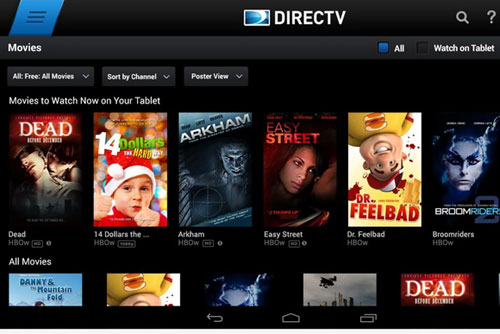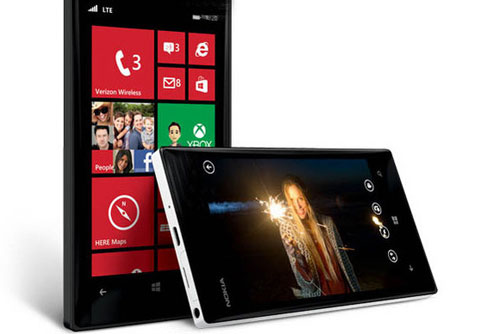We all love to spend time (some would say waste time) fooling around on Facebook, Twitter, and other services. We also use these sites for serious, professional reasons. But like almost everything else on the Internet, they’re inherently dangerous. Hackers can use social media to discover your private information and to deliver spam or malware. You can be stalked and bullied through social media. It can ruin your reputation, your career, and your life.
So you need to protect yourself. Follow these rules and your online social life won’t become anti-social.
Protect your account
Of course, you should never give anyone else your password to a social network. And you shouldn’t let them steal it, either. Use a long, strong password containing upper- and lowercase letters, numbers, and punctuation. And use a unique password for every site.
If you can’t remember all of those long and complex passwords, install a password manager onto your computer, tablet, and phone. Many of them are cross-platform.
But don’t depend on just the password. Most sites offer some form of two-step authentication, which requires you to prove your identity using both a password and an external factor, such as a text sent to your smartphone.
Be careful about what you post
Sharing too much personal information can cause considerable harm. If you let your social media network know that you’re on vacation, someone may take that as an invitation to burgle your house. Your physical address, your phone number, and even your birthday can be used against you by an identity thief.
The wrong post can also hurt an important relationship or a prospective job. Photos of you drinking or with your arms around the wrong person can create conflicts and make you appear immature or irresponsible.
Control who can see what on a social network; some posts may be for everybody, others for friends, and still others for only very good friends.
If you use a social network, learn its privacy settings. The links below will take you to the various services’ privacy pages.
Don’t fall victim to cyberbullies
You don’t have to be a teenager, or the parent of one, to worry about cyberbullying. According to a recent Pew Research Center report, “Fully 73% of adult internet users have seen someone be harassed in some way online and 40% have personally experienced it.”
Cyberbullying can range from childish insults to rape and death threats. A great many attacks have been aimed at feminist activists, as the recent GamerGate campaignillustrated.
If you’re caught in some troll’s crosshairs, do not retaliate. Keep a record of every attack. Depending on the nature of the attacks, you may need to notify your employer, the social network involved, and possibly the police.
Visit the Cyberbullying Research Center for more detailed advice.
Keep your eyes out for scams
You’ve probably already heard about social engineering in email, where a cybercriminal or organization manipulates you into providing personal information. Not surprisingly, you can find it in social networks, too.
Here’s a relatively harmless example: If you’ve spent any time on Facebook, you’ve probably seen items on your newsfeed like “I got Mick Jagger! Which rock star are you?” Fill in the questionnaire, and some company now knows something about your tastes. In the wrong hands, that information can be used against you.
More serious scams can trick you into giving away your credit card number or password. Some will download malware (see below). Keep an eye out for offers of free stuff, celebrity secrets, promises to add thousands of Twitter followers, or services that can tell you if old flames have viewed your profile.
If something smells fishy, assume someone is phishing.
Make sure your computer or device is protected
Social networks constitute one more path for malware to make its way to your computer or device. If you’re using social media, keep a good, up-to-date antivirus program running at all times.
The best programs offer tools specific to social networks. For instance, Bitdefender Total Security uses special filters to look for and stop social network-specific attacks and warn of potential fraud.
Social networks help you keep up with your friends and promote your career. But without the right precautions, they can lead to disaster.
Source: www.pcworld.com









